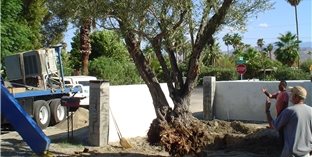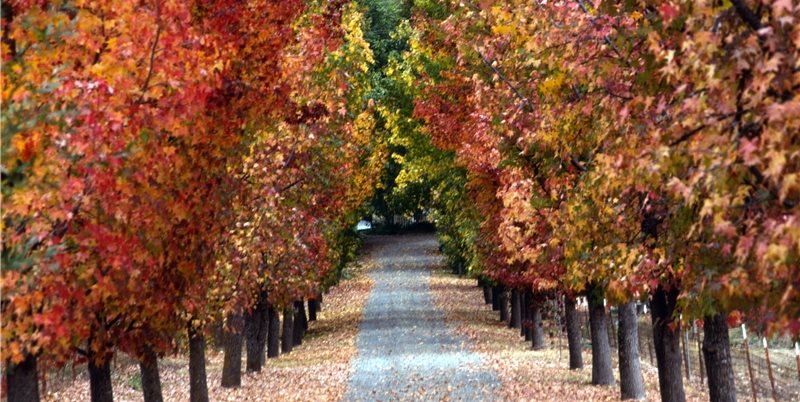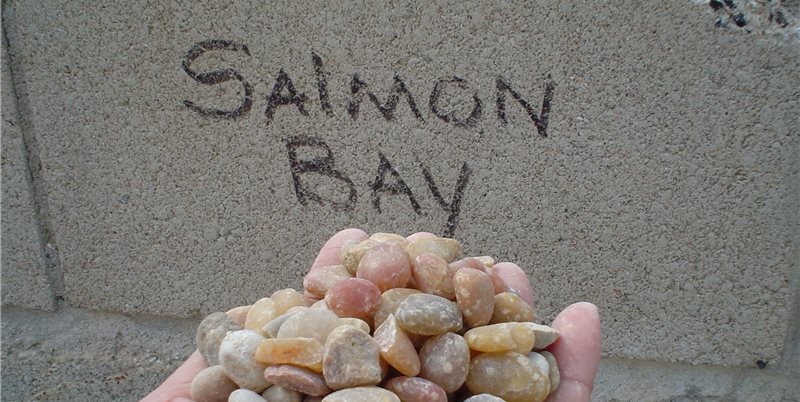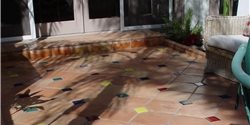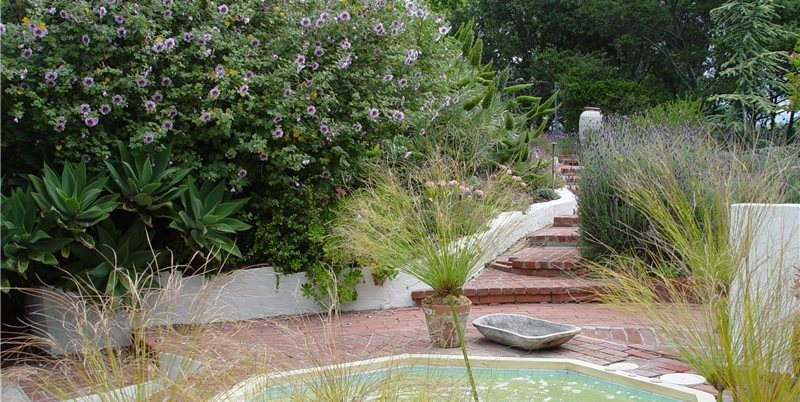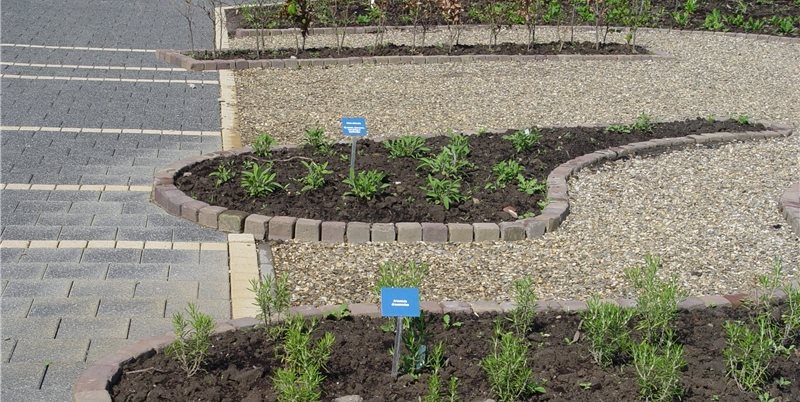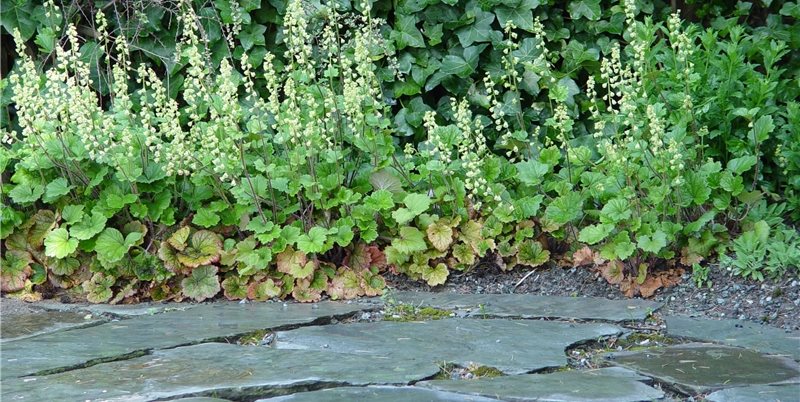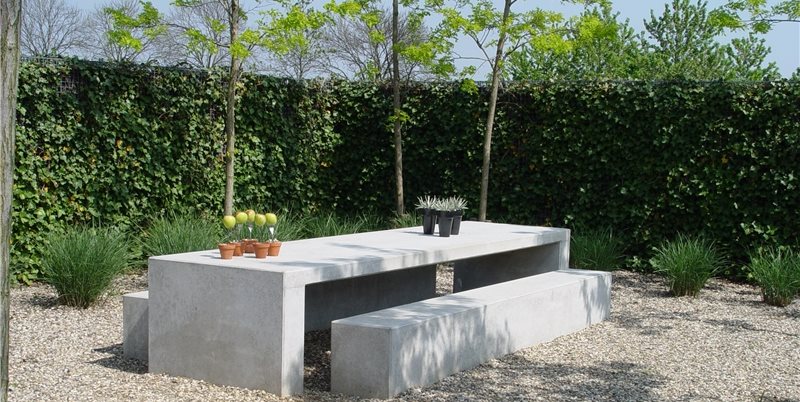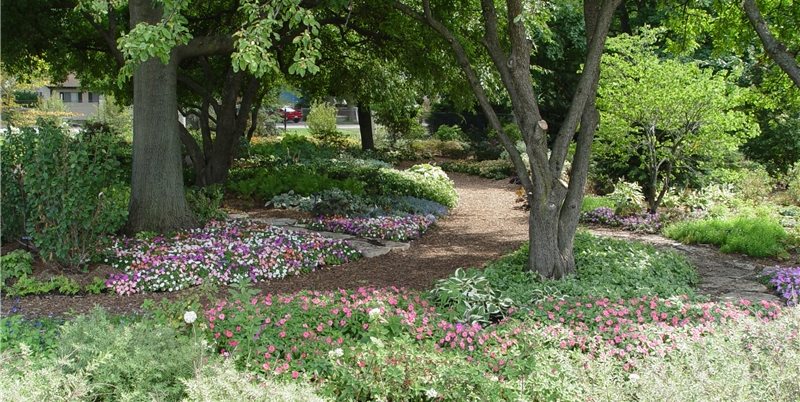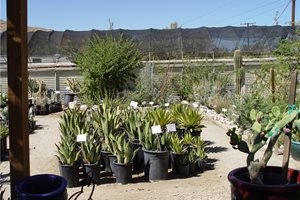Can I build my landscape in stages as money becomes available?
A Three Step Pay-as-you-go Approach to LandscapingIf you will be building the job one element at a time as finances allow, it's called a phased installation. Let your designer know so she can plan the project with phasing in mind. Here are the first three stages of phasing that set the foundation for everything else.
1. Design the whole project.
Whether your build it all now or spread installation over many years, always design your entire project up front. You will save the cost of a designer many times over in a more efficiently installed project. This design includes a site plan that makes sure everything you want in the yard fits together like a jigsaw puzzle. It also becomes the roadmap for how every connection will be made above and below ground. If the project is installed in phases, it becomes the single document that tells each contractor what the others will be doing today or years down the road.
Another benefit of early planning is utilization of contractors to your fullest advantage. If the pool contractor is the first one on the job, he can look at your plan and know that when laying the electrical conduit to the pool filter, there will be points along the way that are to connect to other electric needs in the landscape. At these points he will stub out junction boxes that will later connect power to your outdoor refrigerator or gazebo ceiling fan. This ensures the next contractor need not take the extra time and money to cut into the conduit. He just connects the new lines to the stub outs. This same scenario can apply to water and gas lines as they are linked to sprinkler systems or a future fire pit.
2. Install surfacing for instant usability.
Everyone wants to use their yard immediately whether it's completed or not. Double that if children are involved. The most essential goal of the new landscape is to make surfacing Phase I. This goes a long way toward usable spaces that keep the house clean in all seasons. Begin this phase by getting all the bare ground covered in one way or another.
There are three ways to accomplish surfacing as the first phase of your long term project.
A. Patio and connections.
Budget to have your patio poured or laid in this first phase. Be sure to have any hardware included in the pavement that might support a future structure. Provide sleeving throughout the patio and beneath connecting walkways for sprinklers and wiring.
B. Lawn.
For some yards, turf grass is the largest single surface. For a family it's for play and pets, but in other scenarios it's simply to cover bare ground with a clean, attractive sward. Lawn can also be vital for erosion control on sloping sites. Before sodding or seeding a lawn, there may be grading as well as an underground irrigation system.
C. Other.
Sometimes there remain spots in the yard or site that do not fall under paving or lawn, yet they must be covered for practical reasons. Contractors like to use ground fir bark or gravel in these locations as both can be walked upon. They can also be moved from that location later on if further improvements are made.
-
Pro Tip:
If your patio will be covered with expensive stone or tile, you can cut costs in Phase I by pouring just the concrete slab. Be sure elevations are set to accommodate the thickness of the topping material later on.
3. Plant Trees for a head start on shade.
Trees take many years to grow large enough to cast the shade we desire. They also must mature before they can protect the landscape around them. This is why it's vital to get trees in the ground as part of Phase I.
The completed design package will include a Planting Plan that shows where every tree will be located and what species it should be. This is a scaled drawing that can be measured to find these exact locations whether things are built or not. Before planting it's important that the grades at the tree locations are final. You may also want to have part or all of the sprinkler system installed to ensure even water applications. Otherwise plan to hand water them frequently during the dry season.

 Backyards
Backyards
 Front Yards
Front Yards
